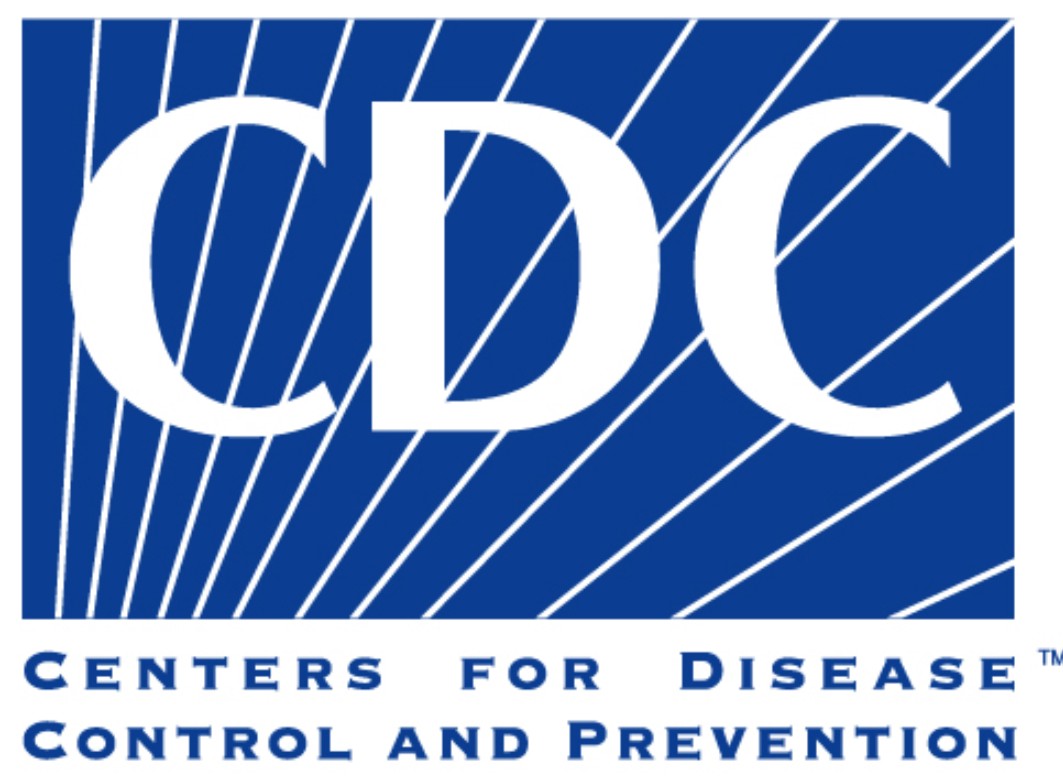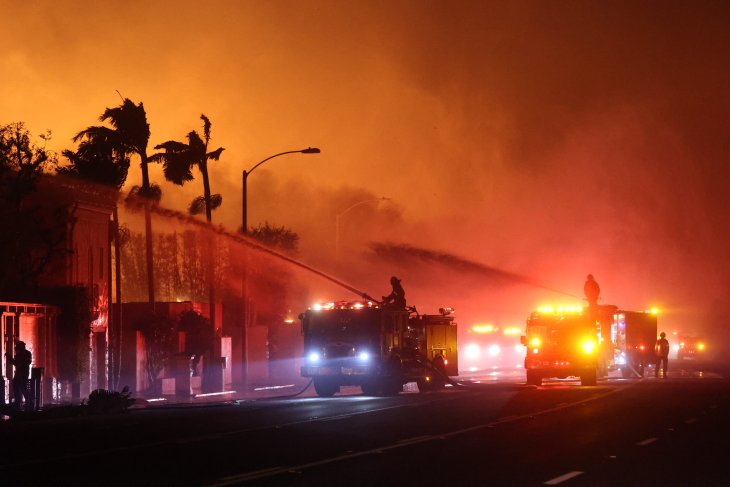
BY TROY MASTERS | Largely ignored in the excitement of possibility that Pre-exposure Prophylaxis (PrEP), the anti-HIV daily tablet, could hold in containing the epidemic level spread of HIV, other STD’s are now reaching crisis levels.
Syphilis rates among gay men have been rising in Los Angeles County and around the country for several years, leading the Centers for Disease Control and Prevention (CDC) to finally take a look at the numbers of this sexually transmitted disease on a state-by-state level.
Nationwide data shows a 15 percent increase in the number of syphilis infections overall from 2013 to 2014 alone.
Two new studies presented at the CDC’s 2016 STD Prevention Conference, however, suggest that syphilis is taking a particularly severe toll on gay, bisexual, and other men who have sex with men (MSM), especially in the Southeastern U.S.
Nationally, the data show the estimated syphilis rate among MSM is 309 cases per 100,000. But estimates vary state-to-state of syphilis rates among MSM from 73.1 per 100,000 individuals in Alaska to 748.3 per 100,000 individuals in North Carolina – with no real explanation as to why that state’s rates are so high.
California levels are well above the national average at nearly 332.2 cases per 100,000. The Los Angeles County Department of Public Health reports that since 2010, the number of reported cases has increased by 74 percent. In 2014 alone there was a dramatic surge of congenital syphilis (a severe, disabling and often life-threatening form of the disease) with 31 cases reported, an increase over previous years of more than 300 percent.
According to the 2014 Annual HIV/STD Surveillance Report , 1,820 residents were reported as newly diagnosed with HIV in Los Angeles County (LAC) in 2013, corresponding to a rate of 18 per 100,000. Except for King County, Washington, LAC actually has the lowest rate of new HIV infections compared to other highly-impacted jurisdictions around the country, including New York City, Washington, DC, San Francisco, and Chicago, among others. While LAC has high numbers of annual newly-diagnosed HIV, syphilis, gonorrhea, and chlamydia infections, the County continues to see much lower rates of infection compared to many other large urban jurisdictions. The high numbers are a reflection of the County’s large population size, thus it is important to use rates per 100,000 in order to accurately draw any meaningful comparisons among jurisdictions.
“These studies underscore the critical importance of syphilis screening and care for gay and bisexual men. Prompt diagnosis and complete antibiotic treatment is essential to cure syphilis infections, prevent long-term health complications and stop the spread of infection,” said Rachel Wingard, a spokesperson for the CDC.
Treatment Gonorrhea Cluster in Hawaii a threat
At the same time, the federal agency is gravely concerned about a newly identified cluster of treatment-resistant gonorrhea in Hawaii that it says represents a concerning evolution of the disease.
In Hawaii, the CDC is focusing on a new antibiotic-resistant strain of gonorrhea. Poz Magazine reported Thursday, Sept. 21, that “further adjustments to antibiotic treatment (for gonorrhea) are no longer an option.”
The Hawaiian gonorrhea cluster, identified in seven patients this Spring, is “on the front line” as the first such treatment-resistant strain identified. And, although the CDC points out that all patients were eventually treated successfully, the federal healthcare agency says there is cause for grave concern.
“We’ve been one of the first states to see declining effectiveness of each (gonorrhea treatment) drug over the years,” Alan Katz, MD, MPH, a professor of public health at the University of Hawaii and a medical consultant at the Hawaii State Department of Health’s Diamond Head STD Clinic, said in a CDC press release. “That’s made us extremely vigilant, so we were able to catch this cluster early and treat everyone found who was linked to the cluster. But the future risk of gonorrhea becoming resistant to both of the recommended therapy medications in the United States is troubling.”
“Our last line of defense against gonorrhea is weakening,” said Jonathan Mermin, MD, director of the CDC’s National Center for HIV/AIDS, Viral Hepatitis, STD, and TB Prevention, in a CDC press release. “If resistance continues to increase and spread, current treatment will ultimately fail and 800,000 Americans a year will be at risk for untreatable gonorrhea.”
New drugs are in the works but a number of years will likely pass before the treatment could hit the market at an unknown cost.
Rates of gonorrhea infection among gay men or MSM have been on the rise.

Challenges for prevention strategies and messages
Los Angeles headquartered AIDS Healthcare Foundation, led by Michael Weinstein, is among a handful of agencies nationwide to stress other STDs in its prevention messages, focusing on the risks of contracting gonorrhea, syphilis and chlamydia if you engage in sex without condoms in its prevention messages.
Transmission of HIV has been the primary concern of AIDS activists and many advocacy organizations, leaving prevention of other sexually transmitted diseases to only casual attention.
The “No Glove, No Love” condom code — a staple STD catchall — has been supplanted, some would say, by the now widely touted PrEP (Pre-Exposure Prophylaxis), a pill that (if taken daily) blocks HIV and is often used without a condom, despite the CDC recommended protocol. PrEP, however, does nothing to prevent other STDs.
Proponents of PrEP have argued passionately that such concerns do not outweigh the benefits of a reduction in HIV infection rates that might one day result in an end to AIDS as a crisis (at least a Western one).
And while there is no evidence or suggestion of any kind that use of or promotion of PrEP has led to the problems highlighted by the new STD revelations from the CDC, it does raise concerns about safer-sex messaging. PrEP certainly has benefits if properly utilized, as outlined in this study by UCLA Raphael J Landovitz entitled “PrEP Adherence Enhancement Guided.”
Is it time to reaffirm the condom code?
Some have worried aloud about history repeating itself.

Longtime AIDS activist Larry Kramer has expressed concerns about PrEP since it was first revealed.
The Pride LA asked Larry for comment on the CDC’s recent warnings.
“I am not surprised about any of this,” he said. “I mentioned the drug resistant gonorrhea many months ago and angry people said I couldn’t prove it.”
“There’s no question that people are free, happy, and careless again in ways that started the AIDS plague to begin with,” Kramer added.
“Too many have no sense of responsibility that there are rules and regulations for what you must remember when you are having sex. And if you are not using condoms you can murder your partner. That’s right, murder.”
“People are relying too much on Truvada to give them permission to do whatever they want. Truvada is not going to save us. Being smart and responsible will,” he said.
“In the last three weeks I’ve had calls from five people I know telling me they’ve tested positive. None had been tested for years,” he continued.
“It breaks my heart, what I see happening again.”
The Pride LA urges it’s readers to get tested:
The Los Angeles LGBT Center WeHo
8745 Santa Monica Blvd
West Hollywood, CA 90069
Phone:(323) 957-5280
AIDS Project Los Angeles
http://www.apla.org/about-apla/contact-us.html
AIDS Healthcare Foundation Clinics
99 N La Cienega Blvd
(888) 243-7227
1001 N Martel Ave
(323) 436-5000
6660 Santa Monica Blvd
(323) 308-1821
6255 W Sunset Blvd, 21st Floor
(323) 860-5200
1400 S Grand Ave #801
(213) 741-9727
1300 N Vermont Ave #407
(323) 662-0492























